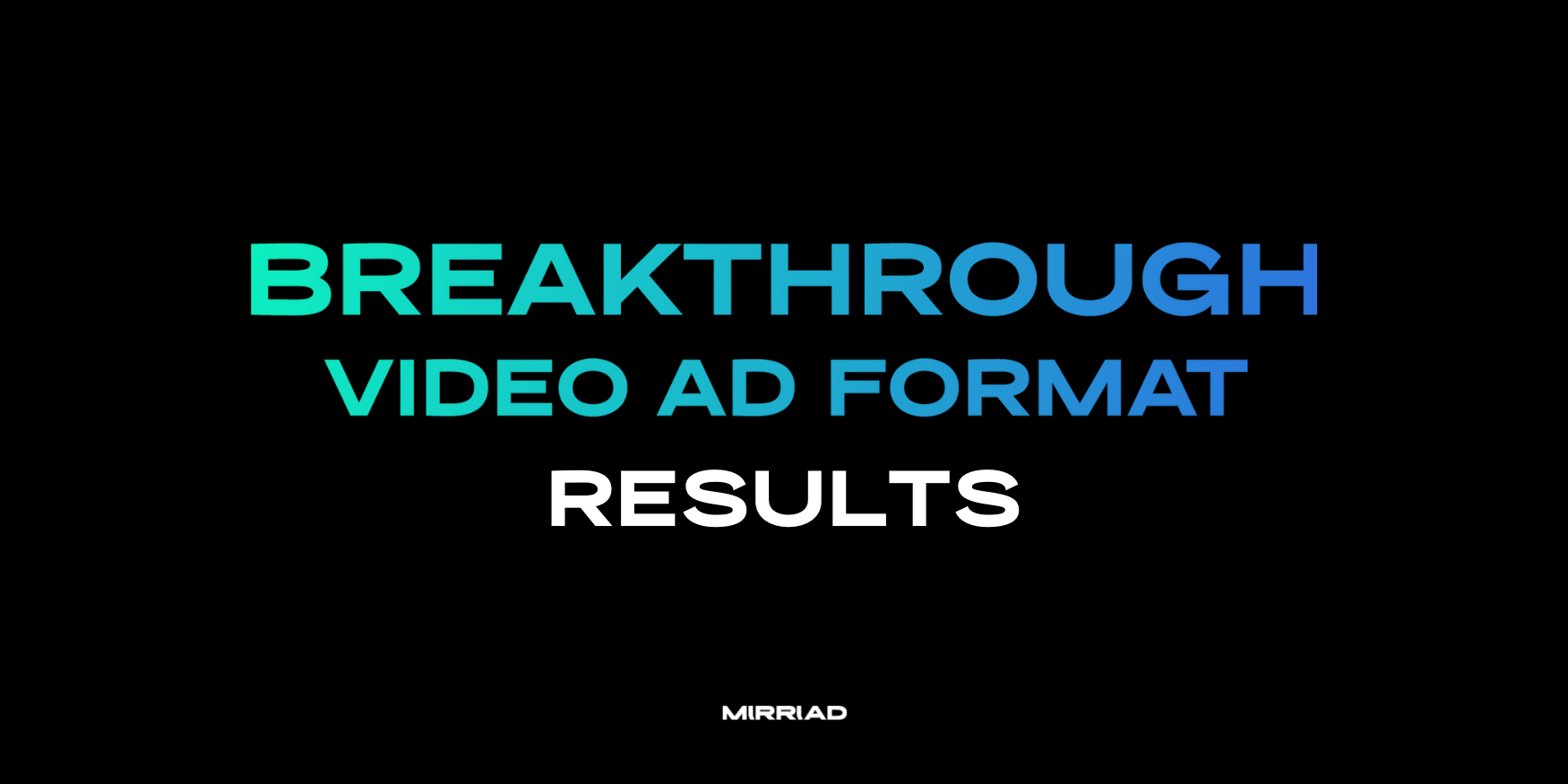Virtual product placement is a leading emerging technology that every advertiser and brand needs to consider and learn about. With studies showing that consumers prefer in-content advertising 10X over traditional ad formats, it’s important to take note of where virtual product placement will lead the advertising world. However, it’s still steeped in mystery for many, so let’s unpack a few insights into the trend.
WHAT IS VIRTUAL PRODUCT PLACEMENT?
Virtual product placement dynamically inserts a brand into digital content in the form of product, signage, or video using AI technology. Placements are added into content post-production, meaning that different brands can be inserted according to the content’s audience, channel, and schedule. Crucially, virtual product placements blend naturally into the chosen content, rather than occurring in a disruptive manner.
As a result, virtual product placement is suitable for a range of content formats, including:
- Primetime TV series
- Live streaming platforms
- SVOD (Subscription Video on Demand) and AVOD (Advertising Video on Demand)
- Music videos
- Influencer content
THE ORIGINS OF VIRTUAL PRODUCT PLACEMENT
Traditional product placement has been around for decades — just consider how Aston Martins are featured throughout classic Bond films. Brands have been making their way onto film and TV sets as narrative devices, background props, and even advertisements featured on magazines and billboards.
This tactic is still hugely popular, and it seems that product placement spending is steadily rising year after year. In fact, in 2024, the projected increase surpasses the previous year by 13%. Even with the growth of digital media, TV remains the go-to platform for this type of advertising, with roughly 2 billion U.S. dollars invested in 2021.
The challenges of traditional product placement include the fact it can be complicated to agree upon, painstaking to roll out, and is permanent once filmed. Content creation also takes months of production time before it is broadcast or released, making traditional product placement more of a long-term commitment than a flexible format.
In contrast, virtual product placement can seamlessly integrate products into content that has already been produced. This provides advertisers access to existing content in a fast, flexible, and scalable manner.
This also empowers content creators to open new revenue streams without compromising their production schedule or committing to brand partnerships in advance. Instead, they are free to focus on their narrative and rely on virtual product placement to incorporate intuitive and non-disruptive advertisements.
VIRTUAL PRODUCT PLACEMENT KEEPS A VIEWER'S ATTENTION
Changing viewer behaviors and attitudes also contribute to the importance of virtual product placement in today’s media landscape. It’s all about creating a positive user experience.
Today, traditional TV audiences are in decline. Viewers are naturally leaning towards media platforms that offer little or no interruptive advertising, and greater user freedom and choice.
Read more on this subject in our Lost Audiences Whitepaper
Conviva's Q2 2022 report on the state of streaming reveals that more individuals are using streaming services than ever before. Although we saw a significant increase in streaming during the pandemic, there has been an average 14 percent increase worldwide from Q2 2021 to Q2 2022. Furthermore, in June 2022, Nielsen published The Gauge report, which indicates that streaming is now responsible for one third of all TV viewing.
According to recent research by Kantar, only 12% of consumers stated they enjoyed traditional TV ads, yet an impressive 79% responded positively to virtual product placement. In-content ads are also seen as innovative by 77% of consumers and preference is 10X more than TV spots.
Discover more industry in-content advertising insights in PLACING THE FUTURE
VIRTUAL PRODUCT PLACEMENT CREATES A REAL IMPACT
Not only do audiences prefer virtual product placement, but in-content ads are also proving to be more memorable than traditional TV spots.
Research from Kantar found that virtual product placement delivers impressive results across ad awareness, brand awareness, favorability and consideration when compared to other advertising formats.
While many people skip or ignore ad breaks, in contrast, virtual product placement reaches viewers when they are highly engaged with their chosen content.
Virtual product placement can also align brands and products with a show, character, or storyline that really appeals to their target audience - creating a strong impact on their buying behaviors. Research has shown that audience buying behaviors change according to the content’s emotional triggers, highlighting the importance of careful scene selection.
Crucially, Kantar research also revealed clear evidence that better results are gained from a higher frequency of exposure as opposed to individual exposure lengths. In essence, the more often a brand is seen, the more impact on the viewer. These findings highlight the benefits of virtual product placement and its impressive impact on brand equity.
Since virtual product placements are contextual to the media content and not disruptive to the narrative, there is no risk of excessive frequency. You can show a cereal brand in every scene set in a kitchen, or a makeup brand in every shot within a bedroom, without it feeling like overkill. As a result, viewers can experience repeated product shots and still feel warm brand sentiment.
REACH THE RIGHT AUDIENCE WITH VIRTUAL PRODUCT PLACEMENT
In recent years, the evolving media landscape has led to increasing audience fragmentation. Yes, many people still spend their evening consuming some form of content — but with over 1,775 US broadcast channels, as well as a plethora of digital streaming platforms, viewers have more choices than ever before.
As a result, virtual product placement delivers a 22% - 49% audience gain compared to TV spot breaks, varying by program and market.
VIRTUAL PRODUCT PLACEMENT WORKS BEST IN COMBINATION
While consumer research shows a preference for virtual product placements over traditional ad spots, brands don’t have to take an all-or-nothing approach. In fact, virtual product placements have proven to be highly effective in amplifying TV spot campaigns.
According to Kantar research, 56% of viewers exposed to virtual product placements consumed the featured products after exposure, compared to 34% after TV spot exposure only.
That’s a 22% lift in consumption and an 11% increase in spend! Utilizing virtual product placement to complement traditional formats such as TV ads and accelerate campaign performance can be a great way for brands to maximize the power behind their media spend and see effective results.
PARTNERING WITH THE EXPERTS IN VIRTUAL PRODUCT PLACEMENT
As the world’s leading virtual product placement platform, Mirriad can provide brands access to 4000+ hours of content and 10,000+ ad opportunities. Work with us to solve today’s biggest media challenges and join a new era in advertising.
Want to learn more about how virtual product placement is created, how it performs, and why brands around the world are investing? Check out our related blog post: What is Virtual Product Placement and What it Means for Advertising




.png)